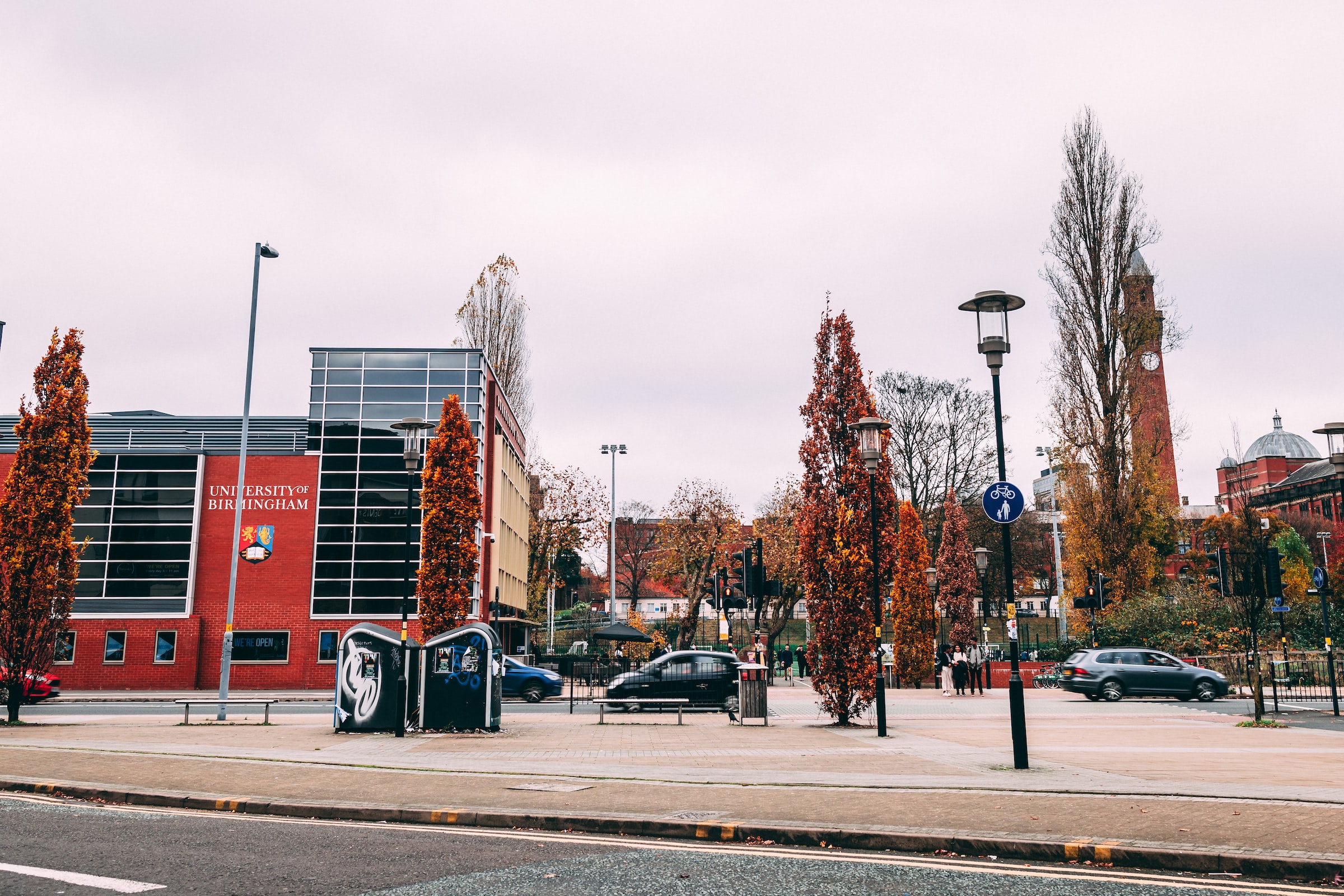
Life&Style Writer Kitty Jackson discusses the implications of leather production, and explores the available alternatives to this popular material
Content warning: This article contains discussion of animal cruelty.
As the war against the use of furs rages on, with a post-Brexit ban on fur sales being considered by the Department for Environment, the selling, buying, and wearing of leather continues, remaining largely unchallenged. Buttery leather has become synonymous with luxury and quality, and is a staple within the fashion industry for jackets, shoes and bags. There is also cultural significance to consider; leather has long been associated with rebellion, bikers and sex appeal. This is epitomised by the closing scene of Grease, in which Sandy’s shift from preppy girl-next-door to confident bad girl is marked by a black leather jacket. However, these sentimental, cultural and aesthetic associations conceal leather’s dark reality.
The unsustainability of leather production is becoming difficult to ignore
The belief that leather production involves the use of animal skin which is only a by-product of the meat industry may provide solace for some. But this uses the logic of waste avoidance to excuse the inevitable animal cruelty that leather manufacturing is inherently reliant on. However, as the fashion industry expands and the fast fashion model which requires a constant influx of new products continues to grow in popularity, the unsustainability of leather production is becoming difficult to ignore.
It has been predicted that by 2025 the industry will need to slaughter 430 million cows per year to keep up with demand. A video made by PETA revealed that approximately 2 million cows, bound and often injured, are transported to Bangladesh every year to escape India’s slaughter bans. Here, disturbing undercover footage shows these cows being brutally slaughtered for their skins, often on the streets and in front of one another. Not only is this severe animal cruelty, but human workers, who are often children, suffer too. These workers have to soak animal hides in toxic chemicals and stand unprotected in acids known to increase the risk of skin disease and cancer. The report reveals that an estimated 90% of tannery workers there die before the age of 50. This danger is not exclusive to backstreet leather production, as the Centers for Disease Control and Prevention have discovered that rates of leukaemia in residents near a leather tannery in Kentucky was five times higher than the U.S. average.
The lack of transparency rampant in both the fashion and animal industries undoubtedly extends to leather
The lack of transparency rampant in both the fashion and animal industries undoubtedly extends to leather. A ‘Made in Italy’ stamp that reassures consumers of the ‘humane’ treatment of the animals and people involved in production, as well as its high quality, can often be meaningless. Lucy Siegle reports that this often simply means that the leather was imported to Italy before being made into a finished product. Siegle states, ‘If all the ‘Italian leather’ merchandise was of true provenance you wouldn’t be able to move for cows in that country.’
These processes are harmful to the planet too. In a 2009 investigation titled ‘Slaughtering the Amazon,’ Greenpeace reported that cattle ranches were the largest cause of Amazon deforestation, which is devastating communities and ecosystems. In 2007 Brazil was also the biggest producer of cow hides in the world. The report states that ‘tropical forest destruction generates more greenhouse gas emissions than all the world’s trains, planes and cars put together.’ Most of this ‘dirty’ leather travels to countries such as Italy for manufacturing, and is used by brands such as Adidas, Nike and Macys, whose marketing gives no indication of this leather’s provenance.
The processes which turn [cow] skin into leather are often toxic for the environment
Not only is cattle farming harmful, but the processes which turn this skin into leather are often toxic for the environment, as they include the use of formaldehyde and cyanide-based dyes and finishes. Much of the leather produced in the U.S. is chrome-tanned, and the waste this creates contains chromium – this is classed as hazardous by the Environmental Protection Agency. Despite this, faux leather is commonly criticised for damaging the environment due to it being ‘unnatural,’ as it is derived from materials such as plastic. But examining the processes behind animal-based leather reveals that it is clearly far from natural. In addition, a vital fashion industry report found that producing synthetic leather not only avoids animal cruelty, but it also has just a third of the environmental impact of cow’s leather. MIT research revealed that the annual global impact of animal leather is equal to the emissions of 30 million passenger vehicles every year. Suddenly leather jackets are seeming slightly less attractive.
As it becomes clearer and clearer that animal leather production is neither kind nor sustainable, fortunately an abundance of plant-based alternatives are being developed to take its place. MuSkin is a water-repellent, non-toxic and durable suede-like faux leather made from a fungus that grows and feeds on trees, causing rot. Therefore, harvesting it actually protects the natural environment. Similarly, London-based brand, Ananas Anam, has created Piñatex – a leathery material made using cellulose fibres from the by-products of the pineapple harvest which is usually destroyed. This has already been used by brands from H&M to Paul Smith and Hugo Boss. Another new innovation comes from an Oxford University student who has founded Fiquetex. This fake leather is created by brewing yeast cells in a lab, producing collagen that provides the finished fabric with strength and elasticity, making it versatile and adaptable. Making these fabrics from scratch provides designers with greater creative control and helps avoid waste, as approximately half of each cow hide is wasted due to imperfections, and when it comes to patterned skins such as alligator and crocodile this is as high as 90%.
Many designers have already successfully adopted ethical leather alternatives
Many designers have already successfully adopted ethical leather alternatives, beginning a movement to prove that these materials can be equally high quality and luxurious. Shoe brand, VEJA, uses vegan alternative C.W.L. in many of their designs, which consists of an organic cotton canvas and a corn-based coating, as well as a vegan suede which is entirely solvent free. Tea and Tequila use-cactus based leather for many of their bags and accessories, which they describe as being ‘as buttery soft as cow’s leather’ and having equal durability. With regard to luxury fashion, Stella McCartney has long led the way in sustainable and animal-free leather designs. The alter-nappa used for the designer’s shoes and bags contains polyurethanes which are water-borne and solvent-free. This has clearly been successful, for the brand is well revered as a fashion frontrunner and their vegan bags sell for hundreds of pounds.
While the shift from real to fake leather in the fashion industry is not happening especially quickly, it seems that consumers are becoming less concerned with owning ‘real leather,’ particularly with such impressive alternatives available. This was embodied by the highly coveted ‘It’ bag of 2020 – a shopping bag style by Telfar. This was constructed of vegan leather, as well as being gender neutral, more fairly priced than the majority of designer bags, and released in limited drops. Perhaps this speaks of a greater democratisation emerging within the fashion industry, in which the move from real to fake leather will likely play a fundamental part.
You may also like:
Spotlight On: Grace Beverley’s TALA

Comments